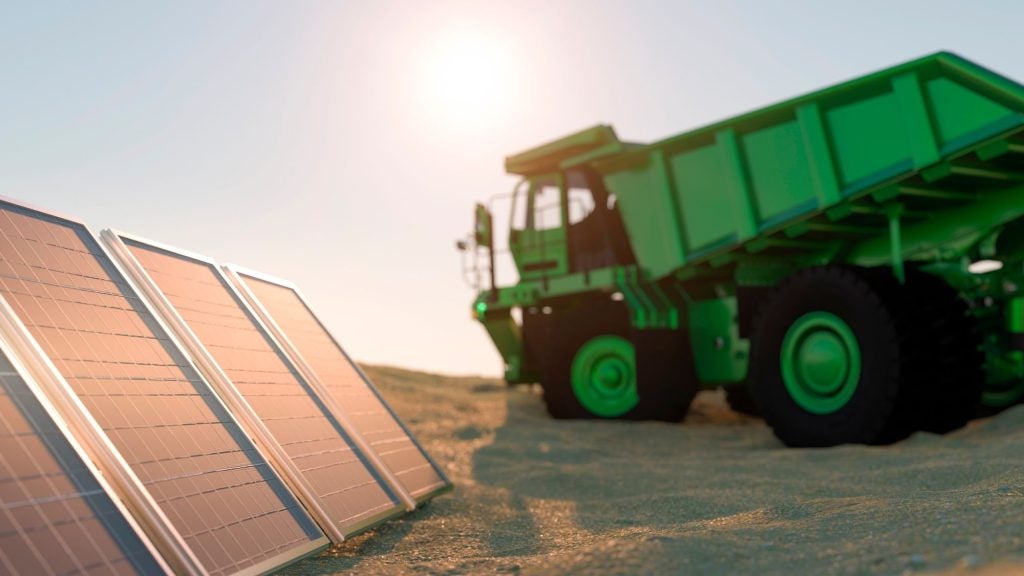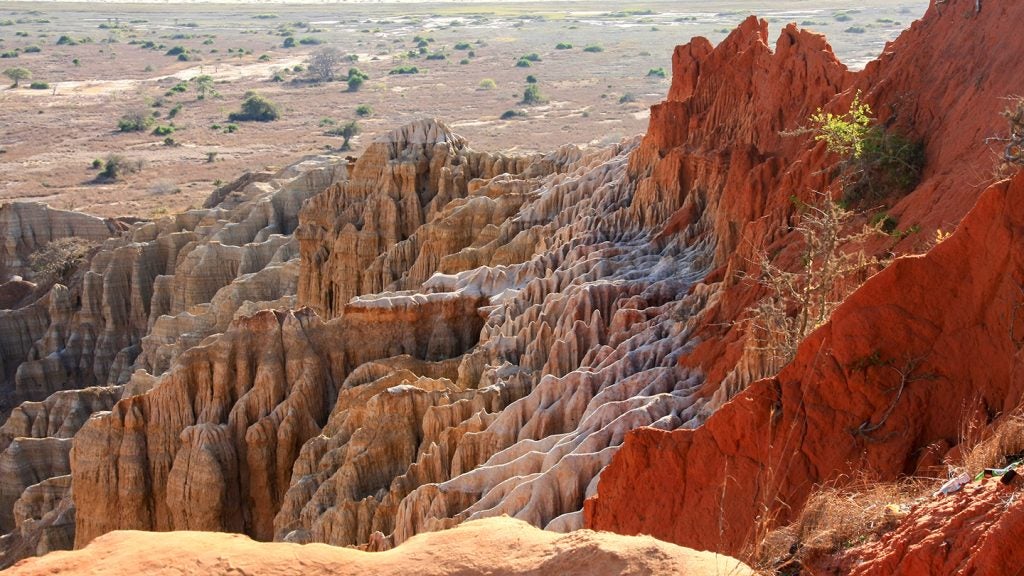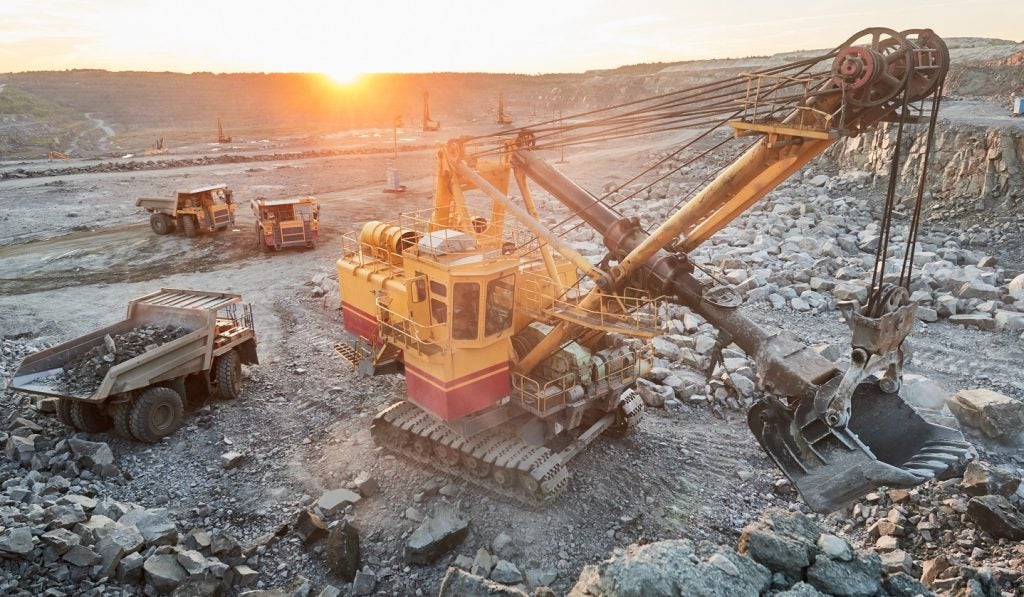
Of all the risks facing underground miners, spontaneous combustion of coal is one of the most feared. Spontaneous heating or combustion not only threatens lives but also causes delays in production and can seriously damage the resource, making some of it un-mineable.
Extinguishing coal fires
Existing techniques for controlling and extinguishing coal heatings underground are not always effective and can be expensive but this hazard, which has haunted miners for centuries and claimed countless lives, might have finally found a worthy adversary.
Scientists have been working on a joint CSIRO and Australian Coal Association Research Program (ACARP) study of improved low-cost composite gels and their injection systems that can be used as barriers to quench heatings.
The principle objectives of the project were to identify suitable gel-forming mixtures that can be easily injected as a low-viscosity fluid mixture into the ground through boreholes before later gelling. Then, at a controllable gelling time, form an impermeable gel barrier that is able to either block access of air/oxygen to areas undergoing heatings or prevent loss of fire suppressants, such as water, injected into the targeted areas. And the results are good.
Controlling underground heatings: the gelling solution
According to a recent proof-of-concept study ‘Controlling Underground Heatings Using Innovative Fire-Suppressant Injection’ (February 2009), these fire-suppressant gels can be applied to the areas undergoing coal heatings and impermeable gel barriers can be formed in adjacent areas to block ingress of air. In addition to air blocking, the gels could quench or cool the heatings with their high water content.
The project’s leader, CSIRO Exploration & Mining’s research team leader Dr Sheng Xue said that a suitable gel system has many requirements.
How well do you really know your competitors?
Access the most comprehensive Company Profiles on the market, powered by GlobalData. Save hours of research. Gain competitive edge.

Thank you!
Your download email will arrive shortly
Not ready to buy yet? Download a free sample
We are confident about the unique quality of our Company Profiles. However, we want you to make the most beneficial decision for your business, so we offer a free sample that you can download by submitting the below form
By GlobalData“Based on the selection criteria, a gel system suitable for controlling and extinguishing heatings needs to meet the requirements of easy preparation, no or low toxicity, adjustable gelling time, low sensitivity to dissolved salts, controllable viscosity, long gel life, relatively high thermal stability, incombustibility and low cost,” Xue said.
“The gelled state of selected gels at a temperature lower than 90°C would still enable them to seal air passages to heating areas. It is therefore possible that the gel barrier or envelope for blocking access of air can be formed around areas of heatings.”
Bench-scale tests have identified anionic polyacrylamide gel as the most favourable to suppress underground coal heating, mainly because it has a relatively high thermal stability, it is cheap and it is easy to prepare.
Dr Xue and his team are confident the gel could reduce spontaneous combustion risks in longwall mines within a few years. He said these gels could potentially be ‘injected into areas around heatings to form an envelope or barrier that is able to block access of air/ oxygen to areas undergoing heating’.
“A polymer gel injected into a coal seam at a temperature lower than 50°C can maintain gelled status for up to one year,” he said.
“The interaction between injected gel and the coal seam does not cause any noticeable problems. However, adsorptive fine particles, such as clay and coal dust in the size range of less than 500µm, will adsorb polymer, leading to reduced effective polymer concentration.
“In the initial tests, we wanted to find answers to some of the big questions surrounding these gels, such as their toxicity, how we control the gelling time and the cost of the gels. We have found the answers and the news is positive – after these first tests the gels seem to be a feasible solution to spontaneous combustion in longwall mines,” he said.
Future planning
Dr Xue added that the next stage is to complete further tests, then fast-track the necessary gel fire-suppressant equipment into mines as soon as possible.
“An ambitious research proposal, an extension project, has been submitted to ACARP for consideration to develop commercially applicable delivery systems of the polymer gels and operational procedures and guidelines for the gel delivery systems,” he said.
“If an extension of the project is granted it may take about two more years to complete. Then mine operators can begin to make the changes to incorporate the new mobile gel preparation and injection system.
“The systems may include an underground-based mobile gel delivery system used to prevent and control small-scale heating areas and a surface-based gel delivery system used to mitigate large-scale heating zones. It is therefore recommended that additional field-based work is undertaken.”
The recommended further field-based research could include:
- developing a surface-based gel preparation nand injection system
- conducting field tests at known heating sites exposed during open cut mining of old workings
- developing operational procedures and guidelines for the gel injection technique.
Dr Xue added that one of the beauties of the new technology is that it did not require the mines to implement any major operational changes – just the introduction of gel fire-suppressant equipment. He also added that further research could lead to the establishment of a new industry-accepted system for this area of safety.
This article first appeared in CSIRO’s magazine earthmatters.






